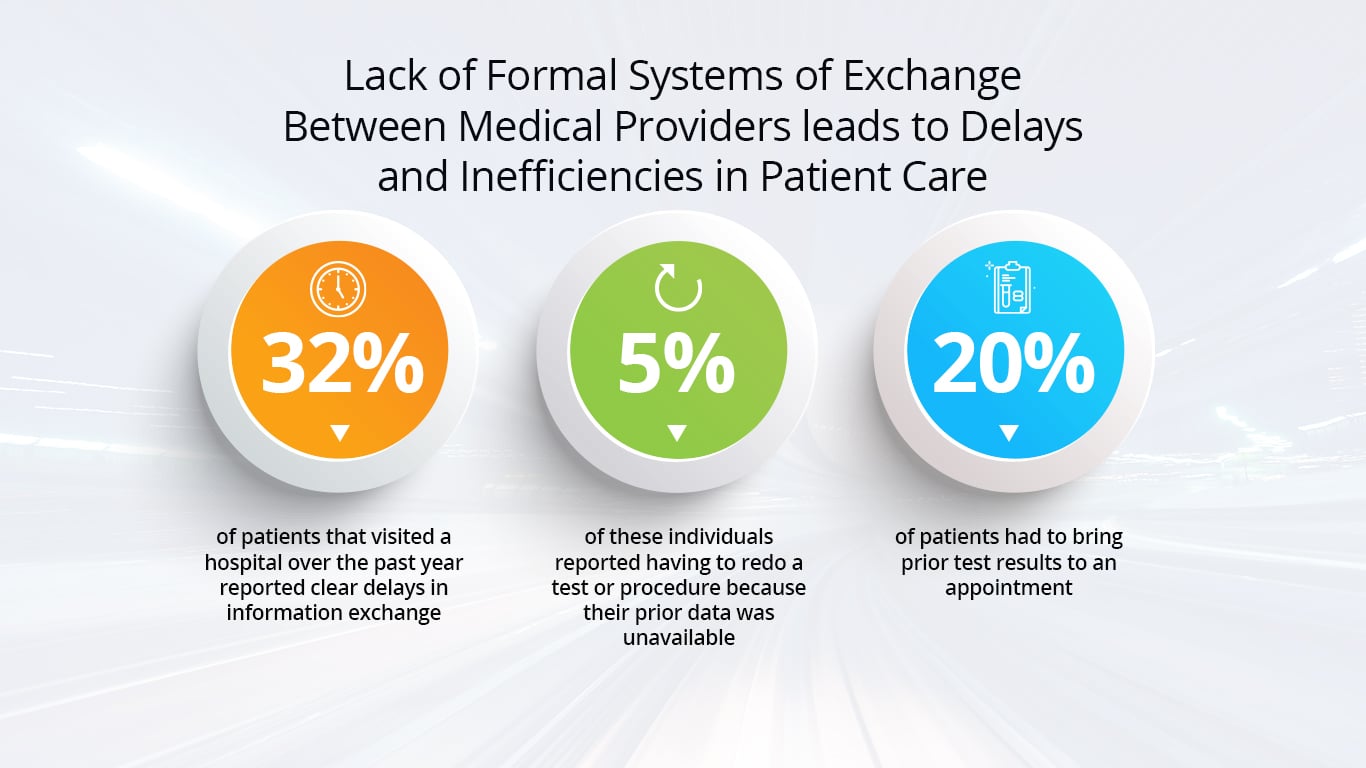
Tackling Pandemics in the Digital Age: How Interoperability in Healthcare Can Help Flatten the Curve
As the first truly global pandemic since the so-called Spanish Flu, COVID-19 (Novel Coronavirus, 2019) has created a seismic shift in many aspects of daily life.
At a state level, we have seen governments implement stronger safety nets for vulnerable individuals and families through basic income schemes, stimulus packages, and other vehicles designed to support enforcement of quarantines or similar social distancing mandates.
Meanwhile, organizations have moved to implement remote workplaces and generous sick leave policies in an effort to safeguard their employees. Despite these moves, restrictions on travel and trade have caused businesses operating in economically vulnerable sectors such as tourism, transport, hospitality, and retail to cut costs and tighten their supply chains wherever possible.
Amidst all this disruption, one industry has risen to the forefront in most public discussion – healthcare. The unprecedented rise in COVID-19 cases over the past couple of months has left hospitals across the world scrambling to cater to a massive influx of new patients. With resources (both human and capital) pushed to the limit, medical providers and regulators must now make critical decisions regarding patient care and overall treatment strategies on an extremely truncated timeline.
Unfortunately, many of these institutions currently lack the IT infrastructure to create true healthcare data interoperability, which would provide much-needed context for their split-second decisions.

Effective Data Management is Essential to the COVID-19 Response
- Accurate tracking of infection rates and related trends on a population-wide scale can provide essential data for studies on COVID-19 spread, and the effectiveness of different treatment protocols across regions. These insights can help shape the response efforts of both healthcare providers and governments. For example, digital thermometer manufacturer Kinsa Health has begun uploading temperature readings from around the United States in real-time, in an effort to identify areas where atypical fevers are more visible. Such statistics should help experts predict impending coronavirus hotspots.
- To optimize capacity for their most at-risk patients, hospitals must be able to maintain a consolidated view of the factors which create the highest chance of fatality. This reporting must encompass everything from demographic details to pre-existing conditions and other environmental contributors. For best results, data should be sourced from both internal and external systems.
- As our understanding of COVID-19 evolves, so to do screening and treatment best practices. Healthcare providers must stay abreast of these changes, and that’s only possible if there is an integrated system of handling policy updates from external sources.
- Social distancing and stay-home orders have made it increasingly difficult for individuals to retrieve screening results and other records from their healthcare providers. A more effective data management system would allow hospitals to transmit this kind of critical information through a secure portal. These steps would ensure that potential coronavirus transmitters are informed as early as possible.
Why Healthcare Data Interoperability is the Key to Effective Data Management
If healthcare providers are to leverage the advantages of data-driven treatment, they must first ensure that their EHR (electronic health record) systems are capable of collecting and delivering critical data to key personnel promptly.
Unfortunately, a majority of medical institutions have set up their current data architecture in an ad hoc manner without any kind of formal regulation. The result is a disparate array of systems, with little to no interoperability between them. This lack of cohesion makes it much harder to communicate information between healthcare professionals, patients, and other decision-makers in a timely manner. Today, system and integration challenges account for one of the primary reasons why 44% of healthcare organizations are unable to utilize all of their available data.

Thankfully, there are solutions in place that can help bridge the chasm that exists between different applications used for tasks such as storing patient records, transmitting billing information, or communicating diagnoses, invoices, and other relevant data to healthcare professionals. Currently, the leading standard used to normalize medical communication is HIPPA.
A Closer Look at Healthcare Data Interoperability Standards
- HIPPA (Health Insurance Portability and Accountability Act) is a US-based EDI (Electronic Data Exchange) standard that provides a comprehensive set of specifications governing how sensitive medical data is communicated between parties. As with any standard, HIPPA aims to bring hundreds of varying healthcare data formats under one protocol overseen by Federal authorities.
With governments and regulatory bodies now asking for more proactive data sharing from hospitals and medical institutions, the proper implementation of this standard across healthcare facilities is more important now than ever before.
How Astera Centerprise Supports Interoperability in Healthcare Data
With Centerprise’s EDI Connect feature, users can access a pre-loaded library of HIPPA messages to communicate test results, patient information, and other medical data in an entirely standard-compliant manner.
In terms of incoming HIPPA messages, EDI Connect offers the capability to set up automated flows for parsing this clinical or administrative data, regardless of the format and source, validate it, and put it into a predefined structure where you can start building a comprehensive view of internal and external data points.
With an automated data integration solution supporting healthcare systems, hospitals can cut down vital staff hours required for standards implementation and ensure that their data is properly validated and formatted for further analysis. Ultimately, interoperability gives frontline medical professionals and administrators the ability to make more accurate decisions based on data they can trust.
To learn more about Astera Centerprise’s EDIConnect feature, check out our knowledge center and find out how we can help cut hours of processing time on your EDI communications.
 Astera AI Agent Builder - First Look Coming Soon!
Astera AI Agent Builder - First Look Coming Soon!

